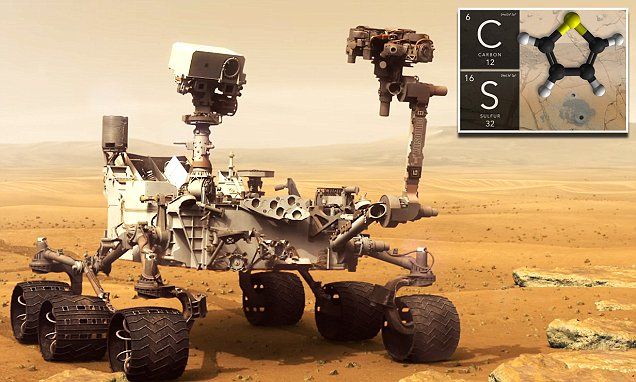Jun 10, 2018
Life lessons from artificial intelligence: What Microsoft’s AI chief wants computer science grads to know about the future
Posted by Klaus Baldauf in categories: augmented reality, quantum physics, robotics/AI, science
Artificial intelligence has exploded, and perhaps no one knows it more than Harry Shum, the executive vice president in charge of Microsoft’s AI and Research Group, which has been at the center of a major technological shift inside the company.
Delivering the commencement address Friday at the University of Washington’s Paul G. Allen School of Computer Science and Engineering, Shum drew inspiration from three emerging technologies — quantum computing, AI, and mixed reality — to deliver life lessons and point out the future of technology for the class of 2018.


















